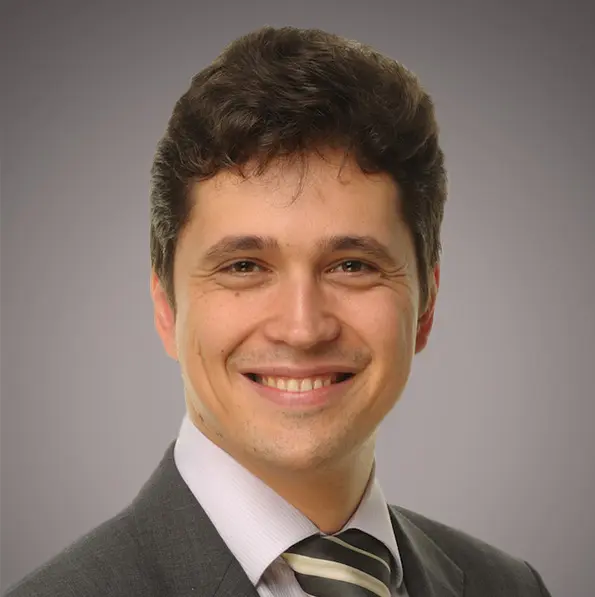10 years ago I moved to the UK and made it my home, and I love living here. I like Marmite, debates over whether the evening meal is dinner, tea, or supper, the constant requirement to remark upon the weather… and the many bizarre traditions. One of these bizarre traditions is Bonfire Night, celebrated on 5th November each year to commemorate the Gunpowder Plot when a bunch of conspirators (including a man called Guy Fawkes) tried to blow up Parliament and King James. There’s a little rhyme and everything…
“Remember, remember the fifth of November; gunpowder, treason and plot, I see no reason why gunpowder treason should ever be forgot”
So why am I telling you this in a technology blog? Well, as I was standing around the blazing bonfire at the weekend, watching the “Guy” go up in flames (a “Guy” is an effigy of the most famous conspirator, and they burn these mannequins on the bonfires. I did tell you it was bizarre), I was told that Guy Fawkes was not actually the leader of the troop. He was essentially brought in as a technical expert (with explosives being his weapon of choice). And so as I chewed on my toffee apple I pondered the similarities in the roles played within attack teams, both in 1605 London, and in cybersecurity.
First up we have the attack lead. This isn’t necessarily the person who is most adept at attack methodology, rather it is the organiser. Attack groups can gather around ideological motivations, or commercial incentives, and very often the teams involved are large, with the organiser often buying in expertise and access on the Dark Web (see this blog post from our APAC CIO describing exactly how these dark web markets work). I’ve been reading up on my British history, and in the Gunpowder Plot this person was a man called Robert Catesby. The attack lead conceives the idea and builds the team. This organiser can of course be a state organisation.
Next we find saboteurs. There may be many of these—for example think about the individuals who have united into attack groups and work to destabilise critical infrastructure in a cyber war situation. This is the category in which we find Guy Fawkes. Sometimes these are insiders, and sometimes they work from outside and use social engineering to find a way to infltlrate the organisation. These people or sub-groups often become the face of an attack (even as they are anonymised themselves), helping to hide who is actually pulling the strings of the operation. There’s a thematic link here because, of course, the mask worn by many in these saboteur groups (operating as Anonymous) is modeled on Guy Fawkes and comes from the movie V for Vendetta!

It’s important not to forget the role of the insider in an attack. According to the 2022 Cost of Insider Threats Global Reports by the Ponemon Institute, insider threat incidents have risen 44% over the past two years, and the total average cost of insider-related incidents was $15.38 million in 2021. Those are pretty explosive numbers and match up with Netskope Threat Labs’ own data, which found that in 2021 organisations saw a 300% rise in employee data theft during their last 30 days of employment. The insider in the Gunpowder Plot was a man called Thomas Percy—a trusted man who served in official Crown business before going rogue.
Finally we must also give mention to careless insiders—a crucial, if inadvertent, part of the plot. These negligent third-parties, and security evaders make the whole plan possible, turning a blind eye or reneging on responsibilities. In 1605, I would include in this category the landlord that rented a store room to a group with malicious intent without stringent reference checks or regular inspections… probably also some of the Kings Guard who took shortcuts in their security rounds. I suspect there was also some careless handling of the supply lines for a large consignment of gunpowder that could have been better managed too…
It is very rare that attacks—either in 17th century London or 21st Century cyberspace—are carried out by solo operators. It’s not unheard of, but mostly attacks are the work of organised gangs, pooling a range of skill sets to maximise results. But, as I shuffled closer to the bonfire for warmth last week, I took heart in remembering that the Gunpowder Plot was unsuccessful, as are the vast majority of cyber attacks on organisations today. Our collective efforts to secure the things we value are what keeps us safe, and will continue to do so.




 Zurück
Zurück 
















 Den Blog lesen
Den Blog lesen